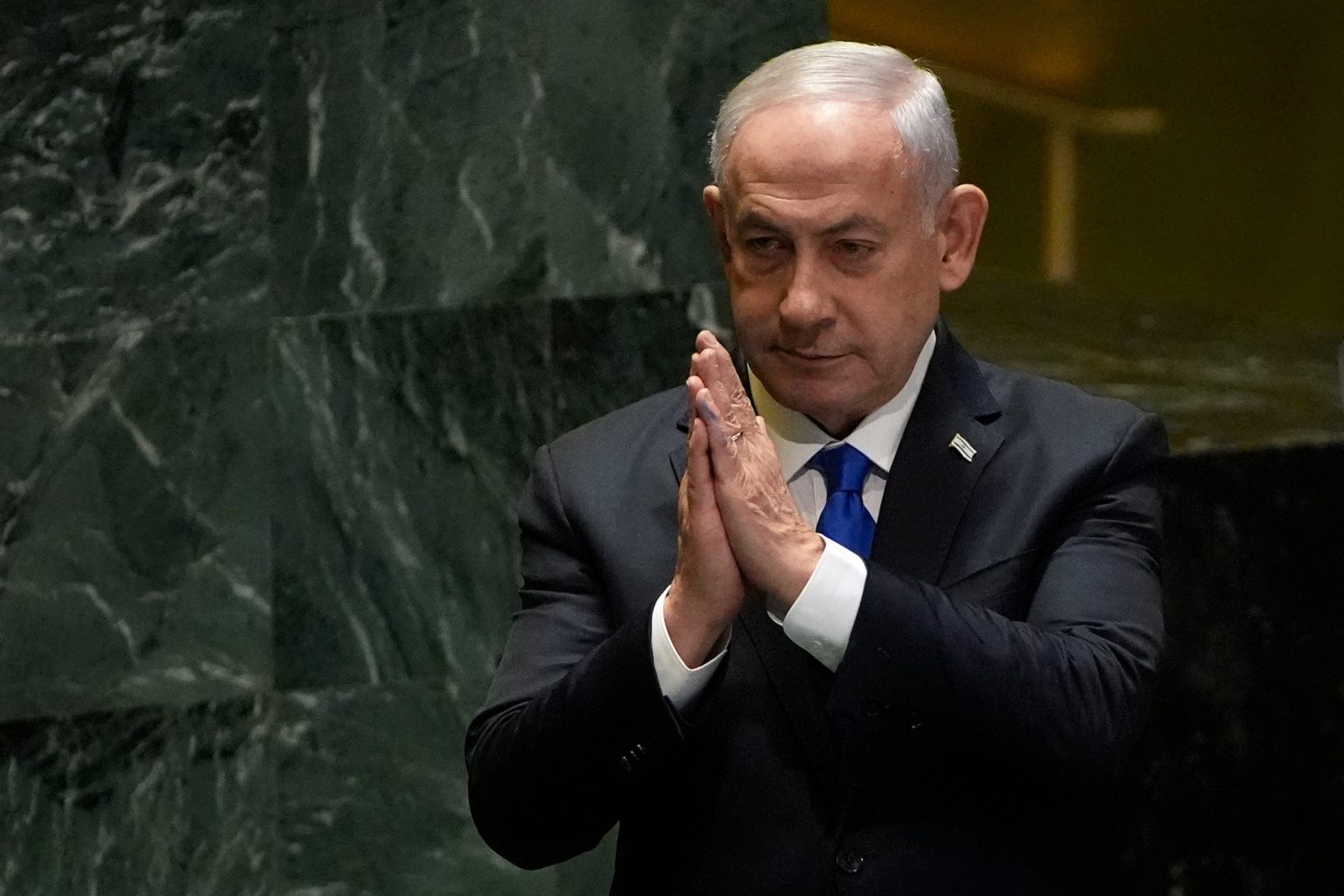The fragile truce brokered between Israel and Hamas to end a year-long conflict teetered on the brink of collapse on Thursday as Israeli Prime Minister Benjamin Netanyahu accused Hamas of reneging on crucial aspects of the cease-fire agreement. The deal, which was on the cusp of ratification by the Israeli Cabinet, aimed to usher in a phased de-escalation, beginning with a six-week cessation of hostilities, the phased withdrawal of Israeli forces from populated areas in Gaza, the release of hostages held by Hamas, and the reciprocal release of Palestinian prisoners by Israel. Netanyahu’s office alleged that Hamas, in a last-minute maneuver, attempted to extract further concessions, effectively jeopardizing the painstakingly negotiated terms and casting a pall of uncertainty over the prospect of peace. The unexpected development underscored the deep mistrust and complex dynamics that have long characterized the Israeli-Palestinian conflict, highlighting the immense challenges in achieving a sustainable resolution.
The cease-fire agreement, as announced by US President Joe Biden, Vice President Kamala Harris, and Secretary of State Antony Blinken, was meticulously structured into three phases. The initial phase, spanning six weeks, was designed to establish a foundational period of calm and reciprocal actions. It stipulated a complete cease-fire, the withdrawal of Israeli troops from densely populated areas of Gaza, the release of a contingent of hostages held by Hamas – including women, the elderly, and the wounded – and the simultaneous release of hundreds of Palestinian prisoners by Israel. The agreement also envisioned the return of displaced Palestinians to their homes in Gaza and the provision of urgently needed humanitarian aid to the beleaguered enclave. The subsequent phases, though not explicitly detailed, were presumably contingent on the successful implementation of the first phase and aimed at addressing more intricate and long-standing issues central to the conflict.
Netanyahu’s accusation of Hamas’s backtracking threw the entire agreement into disarray. While the precise nature of Hamas’s purported demands remained undisclosed, the Israeli Prime Minister’s office characterized them as last-minute attempts to leverage the situation for further gains. This alleged volte-face by Hamas not only jeopardized the immediate cessation of hostilities but also cast doubt on the viability of the entire phased approach. The breakdown of trust underscored the precarious nature of the agreement, highlighting the deep-seated animosity and the inherent difficulties in navigating the complex web of political and security concerns that define the Israeli-Palestinian conflict.
The involvement of the United States in brokering the cease-fire underscored the international community’s vested interest in de-escalating the conflict and finding a path towards a more durable peace. President Biden’s personal announcement of the deal, flanked by Vice President Harris and Secretary of State Blinken, signaled the administration’s commitment to facilitating a resolution. The emphasis on the release of American hostages held by Hamas also brought a particular poignancy to the situation, highlighting the human cost of the conflict and the imperative to secure their safe return. However, the unfolding events raised serious questions about the enforceability of the agreement and the ability of external actors to influence the behavior of the parties involved.
The breakdown of the cease-fire agreement had far-reaching implications, beyond the immediate cessation of hostilities. It jeopardized the delivery of much-needed humanitarian aid to the Gaza Strip, a densely populated territory ravaged by years of conflict and blockade. The delay in the withdrawal of Israeli forces from populated areas prolonged the uncertainty and hardship faced by Palestinian civilians, while the continued captivity of hostages remained a source of anguish for their families and a potent symbol of the conflict’s human toll. Moreover, the failure to achieve even a temporary truce raised fears of renewed escalation and a return to the cycle of violence that has characterized the region for decades.
The stalled cease-fire underscored the formidable challenges in achieving a lasting peace between Israel and Hamas. It exposed the deep-seated distrust between the two sides, the complex interplay of internal and external pressures, and the difficulty in translating a negotiated agreement into tangible actions on the ground. The events also highlighted the limitations of external mediation, even by powerful actors like the United States, in influencing the behavior of parties deeply entrenched in their positions and reluctant to compromise. The path forward remained uncertain, with the prospect of renewed violence looming large and the hopes for a peaceful resolution seemingly more distant than ever. The international community faced the daunting task of rebuilding trust, finding common ground, and ultimately, forging a sustainable peace in a region riven by conflict and deeply scarred by decades of violence.

